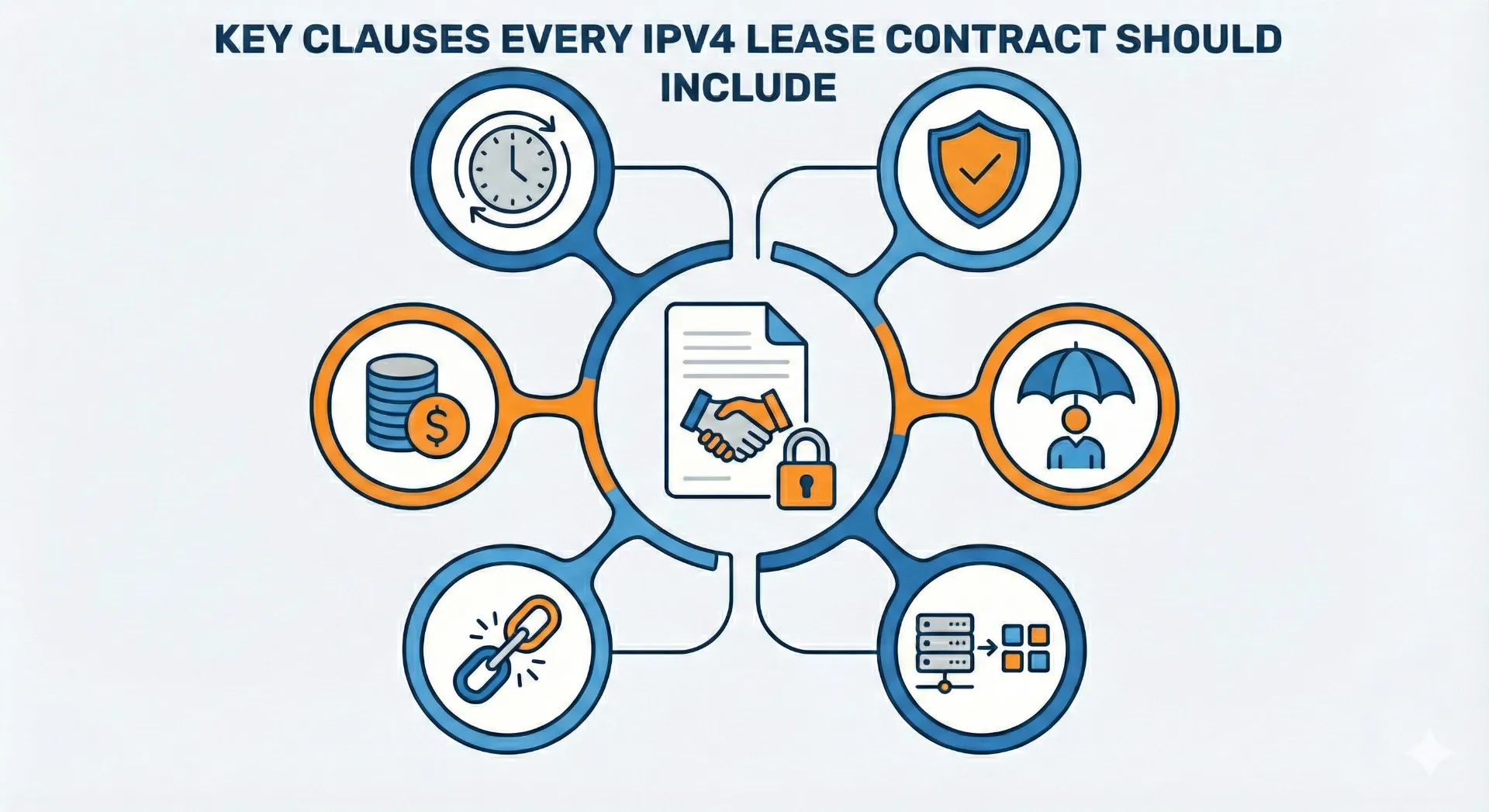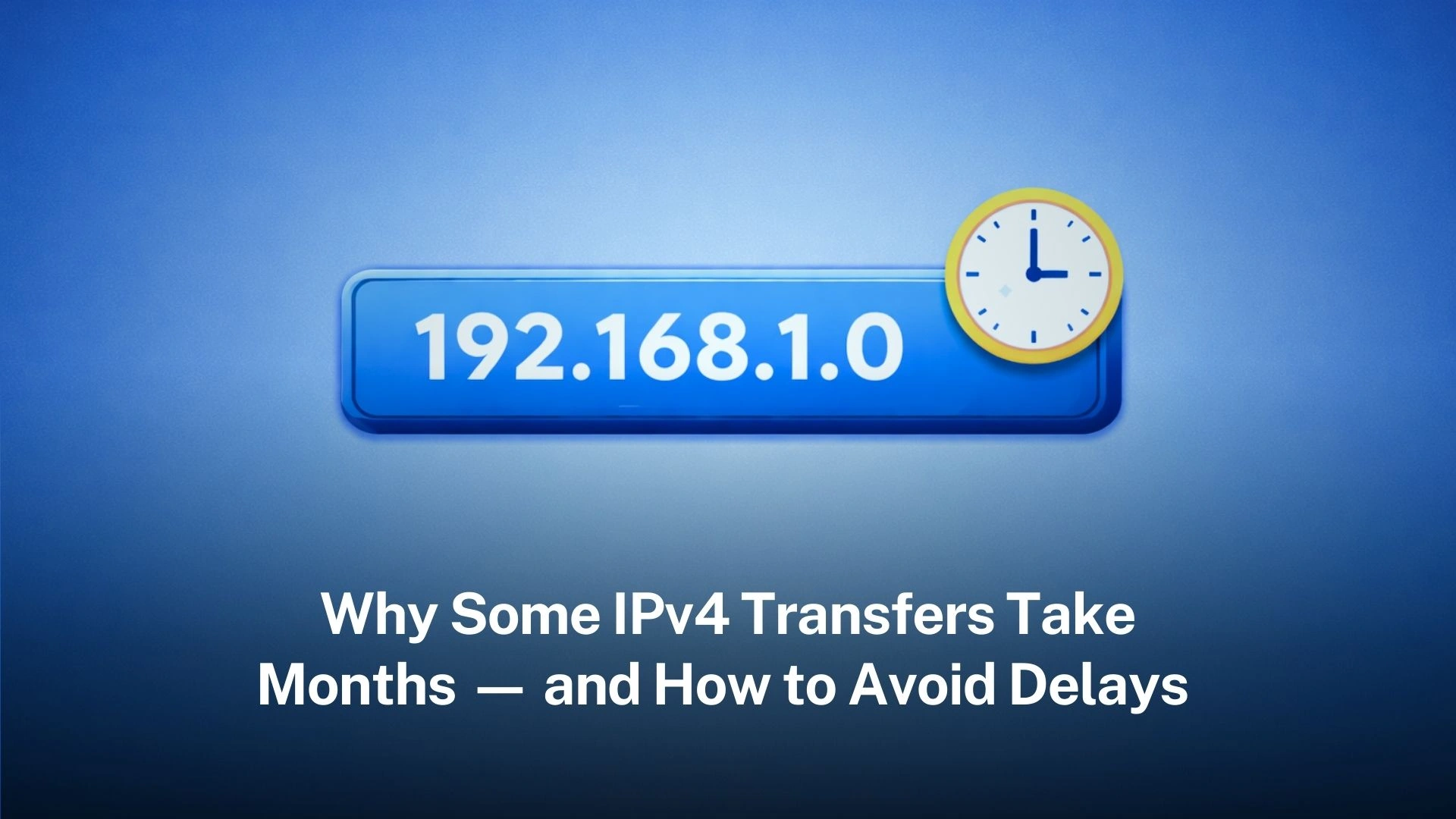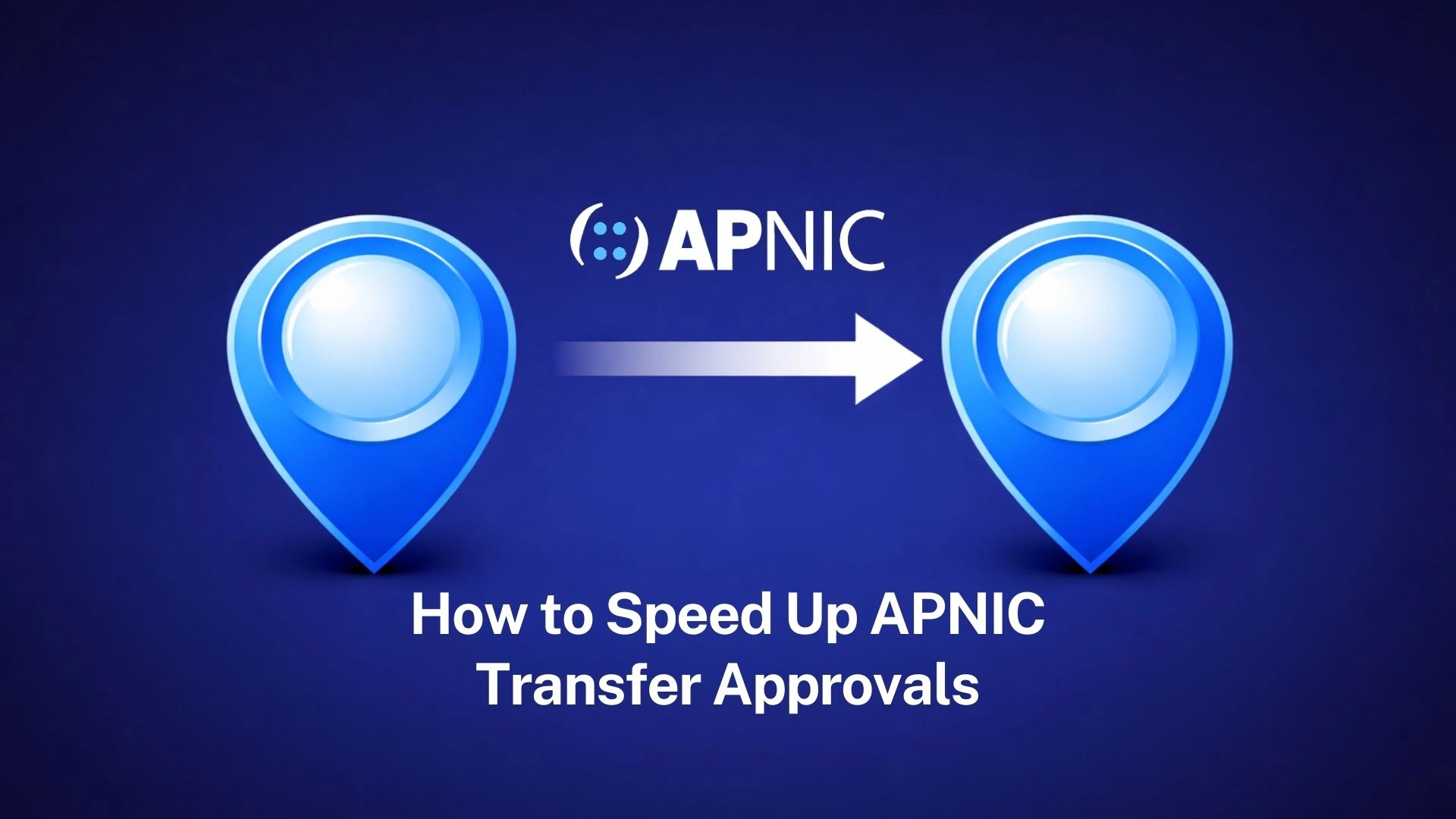IPv4 Pricing: An Overview of How Much IPv4 Is
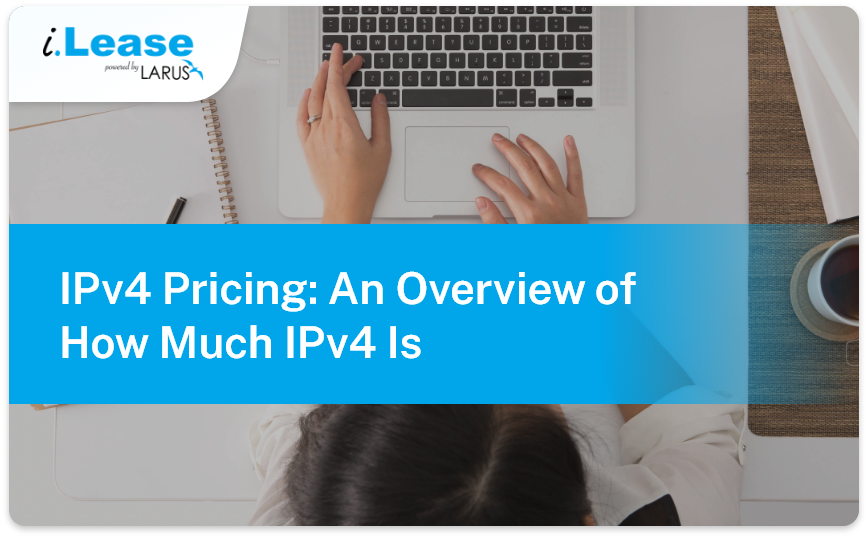
Why does IPv4 pricing continue to go up? The most straightforward answer is scarcity.
In the early 1980s, IPv4 addresses were doled out freely to anyone in need. Tech giants like Microsoft, Hewlett-Packard, and Xerox hoarded vast blocks of them. However, mismanagement and unforeseen demand quickly depleted the pool.
In 2011, we arrived at a crossroads. This was the turning point that led to the IPv4 address exhaustion and the emergence of the IP lease market.The Internet Assigned Numbers Authority (IANA) played a pivotal role, dividing the remaining IPv4 addresses among the Regional Internet Registries (RIRs).
One by one, APNIC, RIPE NCC, LACNIC, and ARIN exhausted their allocated addresses, leaving us with not enough IPv4s to work with.
IPv6: The Promised Alternative
IPv6, introduced in 1995, was hailed as the solution to rising IPv4 cost and imminent exhaustion. However, adoption has been sluggish due to the effectiveness of IPv4’s Network Address Translation (NAT) technology.
What does NAT do? Quite simply, it allows an organization to have (for example) only one public IP address. NAT assigns private IP addresses to devices within a network, so it reduces the need for public IP addresses.
Despite some mobile network operators showing promise, the majority of companies and service providers are hesitant to embrace IPv6, slowing its widespread adoption.
The Soaring IPv4 Cost
In the past, you could purchase an IPv4 address for a mere $10-15. Fast-forward to 2021, and the price per address has surged to $23-60, depending on subnet size.
Companies like Microsoft, Google, and Amazon have made headlines for their multi-million dollar IPv4 acquisitions.
IPv4 Lease Market: An Alternative
Faced with the increasing costs of buying IPv4, many companies are exploring leasing as a more viable option. IPv4 leasing is a good choice for IP holders and companies who want connectivity without a big upfront cost. This market is flourishing, with stable and predictable lease prices observed throughout 2022.
IPv4 Address Prices & Pricing
The landscape of IPv4 address pricing has undergone remarkable changes in recent years. Pricing changes reflect the evolving needs and challenges of the digital world. Obtaining accurate and up-to-date information about IPv4 address pricing can be a challenging task.
While transfers are public knowledge, the actual prices at which these transfers occur are not always clear.
How Demand has Affected the Pricing of a Once-Abundant Resource
Developed in 1981, IPv4 offered a substantial 4.3 billion unique identifying number configurations, deemed more than sufficient at the time. However, the unforeseen proliferation of Internet devices and services has led to the depletion of IPv4 addresses.
In 2011, the exhaustion started when IANA gave out its final IPv4 addresses to the RIRs.
Prices remained relatively stable from 2016 to 2019. However, over the course of five years, they gradually and noticeably increased. The yearly increase was almost 20%.
The first half of 2020 witnessed a slowdown as the pandemic swept across the world. The pandemic impacted network expansions and reducing demand for IPv4 addresses.
In early 2021, the economy rebounded and there was a significant rise in the demand for IPv4 addresses. This is because IPv4 addresses are simpler to use compared to IPv6. A significant portion of the potential supply remained untapped, as renumbering projects were slow to resume.
With limited supply and surging demand, IPv4 prices skyrocketed during 2021, doubling or more within a short span.
The Prices of Large IPv4 Blocks Have Gone Up
An intriguing phenomenon that emerged during this time was the inversion of pricing for large IPv4 blocks. Historically, large blocks were available at a discount. This is because it is difficult to manage huge blocks (more complicated and may require more network technicians).
Also, not many companies wanted to buy huge blocks of IP addresses.
However, the market dynamics shifted in 2021, with larger blocks becoming relatively more costly than smaller ones. Smart sellers and traders began dividing large blocks into smaller batches. They would then sell these smaller batches separately.
This allowed them to take advantage of the higher value of a divided block.
The global economy’s uncertainties in 2022, including rising inflation and recession concerns, impacted business investments and infrastructure development.
Despite a tough economy, the need for IPv4 addresses remained high as transfer volumes rose at RIPE and ARIN.The IPv4 market is strong. However, drawing conclusions is difficult.
This is because of the complex interplay of supply, demand, economy, and technology. The future remains uncertain, and market dynamics are subject to constant change. As the digital world continues to evolve, the increase of IPv4 address pricing is far from over.
IPv6 Adoption and a Sustainable Future
While IPv4 scarcity continues to challenge the Internet ecosystem, the adoption of IPv6 remains uncertain. IPv4 will remain the dominant part of the Internet until IPv6 gains more popularity. This will lead to an increase in the prices of IPv4.
The key lies in fostering a balance between IPv4 sales, leasing, and responsible management to navigate the Internet’s future.
Whether through leasing or responsible management, it is crucial to find sustainable solutions to sustain our need to connect online. As the cost of IP addresses get out of hand, leasing an IP address might be the best solution for your business needs.
Get in touch with i.Lease today.
Related Article
- How to Find my IPv4
- How to Change Your IPv4 Address
- Understanding the Difference Between Ipv4 and IPv6
